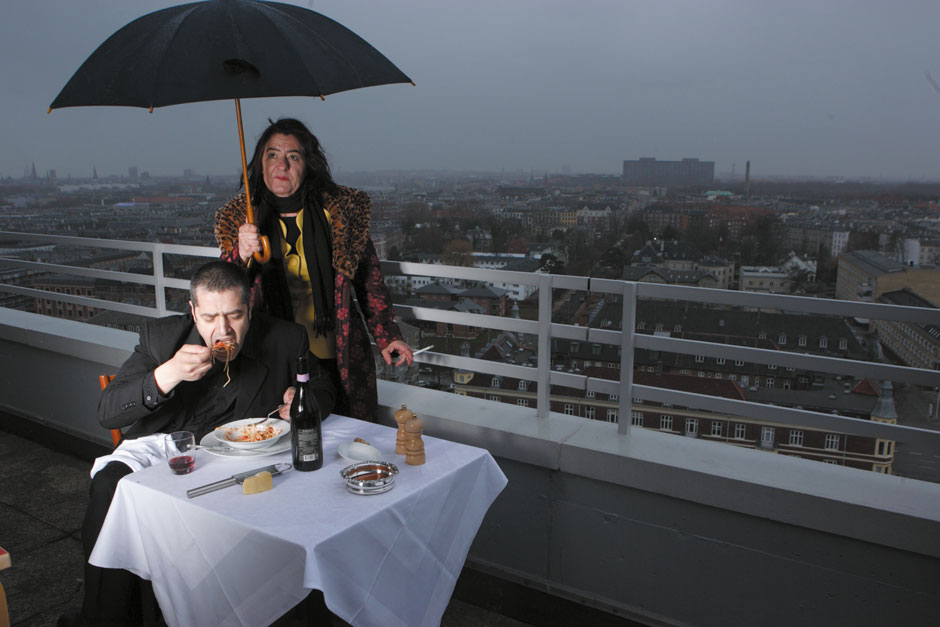2006Polpette Al Grasso Di Marco
With references to, among other things, cannibalism, Polpette al Grasso di Marco contains a critique of and commentary on today's consumer culture in which we consume too much food and buy our way to slimness via liposuction, which is a fully accepted science. In polpette al Grasso di Marco, Marco Evaristti literally uses his own body and in his most extreme version, when he prepares meatballs from a can of his own body fat. He then ate from himself and then filled the rest of the can, with the accompanying product declaration. There is an extra droll comment in the work, that artists are their own 'product' that is up for sale.
The Last Supper and to artistic tradition such as Manzonis "Merda d'artista" (Artist's Shit) from 1961 and Andy Warhol's pop-art "Campbell’s Soup" (painting of soup tins) from 1962. But Evaristti goes a step further than the aforementioned by eating the meal. Here he transcends the boundary between the person (subject) and the meal (object), which suddenly flow together, they are both subject and object at the same time, and many feel disgust at the thought of this.
Polpette al Grasso di Marco contains tangible social criticism of and comments on the consumer culture of the day, where we consume too much food and buy ourselves slim by means of liposuction. The works comments on the limits and meaning of the body. On the one hand, there is one side of the work in which Evaristti cannibalistically consumes the human meal and thereby transcends one of the greatest taboos of society in which the human body is sacred and therefore inedible. Prior to the meal Evaristti had liposuction performed, which is a generally accepted scientific procedure that can draw unwanted fat out of the body to make people more attractive. During the liposuction the body fat is moved outside of the body and becomes an object next to the body, which can be used in the preparation of meatballs. On the other hand, there is the self-caused change in appearance. It is only in a desire for outer beauty and can therefore be seen as the embodiment of blasphemy. For who may change God’s creation – the body? The work thereby highlights the limits in God’s creation. Can we change it? Can we consume it? Where are the actual limits of the body?






